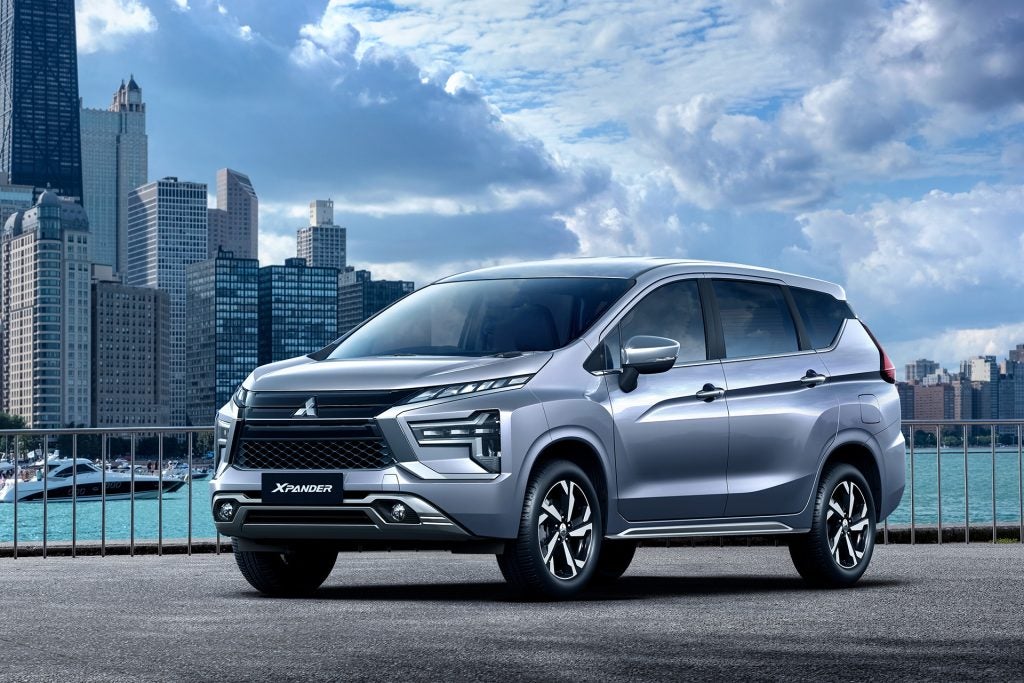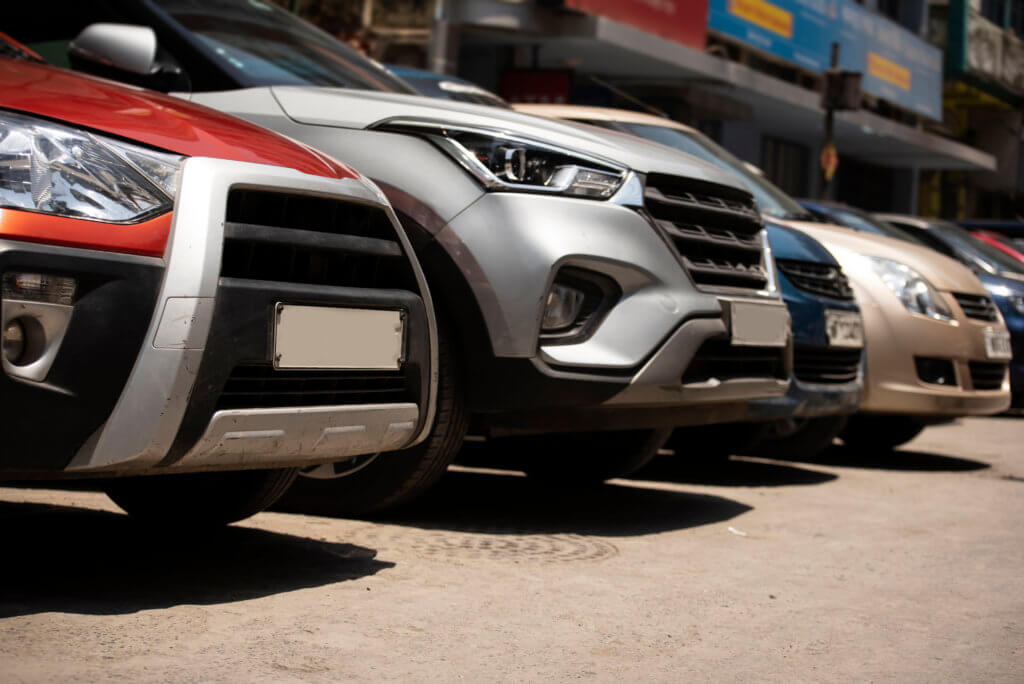There was a good deal of skepticism when GM rebranded Daewoo as Chevrolet, but the formula works – even the country music, Chevrolet Europe chief Wayne Brannon tells Mark Bursa
The Chevrolet Aveo is in many ways the archetypal 21st century car. It’s compact, economical, clean and affordable. It’s been built to a price, though it’s not a parts-bin special. European-influenced interior styling has masked its Asian origins – it’s basically a facelifted Daewoo Kalos. And it’s been engineered to cope with emerging markets conditions – such as the potholed and rutted country lanes of southern Poland, where GM has been presenting the car to European press.
So we’re driving round southern Poland in the Aveo. And we’re listening to country & western music. And therein lies the dilemma at the heart of the Chevrolet brand. The country music isn’t by choice – the CD in the Aveo is Chevrolet’s own collection of country songs that mention Chevrolet. Volume two.
The transformation of GM’s good ol’ blue collar American brand into a global nameplate is one of the surprising success stories of the 21st century. Eyebrows were raised when GM announced three years ago that it would rebrand its recently acquired Korean Daewoo operation as Chevrolet. Could a brand famed for American pick-ups, Covettes and Camaros sustain such a stretch?
The answer is yes. At a stroke, GM addressed one of its biggest weaknesses – the lack of a global brand in its portfolio Sales have continued to grow, especially in Central and Eastern Europe (hence the launch in Wroclaw) and in 2007 Chevrolet outsold all the other GM group brands put together.
How well do you really know your competitors?
Access the most comprehensive Company Profiles on the market, powered by GlobalData. Save hours of research. Gain competitive edge.

Thank you!
Your download email will arrive shortly
Not ready to buy yet? Download a free sample
We are confident about the unique quality of our Company Profiles. However, we want you to make the most beneficial decision for your business, so we offer a free sample that you can download by submitting the below form
By GlobalDataIn Europe, Chevrolet sold 457,000 cars last year, and the total will surpass 500,000 this year. Indeed, sales were up 30% in the first quarter already. “We grew 34% last year and 26% the year before that. It’s got to slow at some point, but we’ll be selling a million cars by 2013,” says Wayne Brannon, Executive Director of Chevrolet Europe. “A lot of the growth is from Central and Eastern Europe, but I expect we’ll double the business in Western Europe in the next five years as well.” Last year Chevrolet sold around 160,000 in “old Europe” – Daewoo’s peak of 190,000 is likely to be surpassed either this year or next.
Perhaps most surprising of all is the fact that the global repositioning has embraced, rather than played down, Chevrolet’s American roots. You’d have thought GM might have played up the even deeper European roots of the company’s founder. Louis Chevrolet was born in Switzerland – in effect, the company’s name is no different to Renault, Citroen or Peugeot. A French name above the door. But Brannon doesn’t feel the need to play down the rock’n’roll Americana aspects of the brand.
“If you went out on the streets of any European city and asked people if they know Chevrolet, I know what they’d tell you. 85% of them would say it’s an American car brand. We’ve done the research,” he said. “And hey, I kinda like the rock’n’roll part!”
But Brannon’s view is to neither play up the US image, nor play it down. “We’re not trying to be an American car brand. We’re trying to be a global car company with relevant products.” Getting a handle on the brand is a big part of Brannon’s job right now. The 52-year-old American has plenty of experience of emerging markets, having headed GM operations in Africa and Latin America before taking on Chevrolet in 2006. With his close-cropped hair and his livewire approach, he’s the kind of character who was quarterback for his college football team.
“The ball’s in my court as to how we drive the business forward and how we drive the brand,” he said. “We’ve got a lot of brand messages to tell. The heritage of the Chevrolet brand; how it’s accessible and affordable; having really practical cars that are great value for money, and that mean you don’t have to compromise on design. That’s the Chevrolet formula that’s worked so well for many years.”
There is a difference in the positioning of Chevrolet in the US and everywhere else, Brannon acknowledges. “In the US market, Ford, Chevrolet and Toyota are entry-level products. Hyundai and Kia are competing to be at that level as well. But in Europe we’re the ‘foundation brand’, more against Hyundai, Kia and Seat rather than the ‘national mainstream’ brands that make up the heart of the market.”
Of course, one of those ‘national mainstream’ brands is GM’s own Opel/Vauxhall brand, and as long as that remains in the centre of the market, Chevrolet will have to find its position in the entry segment.
Of course, GM didn’t just rebrand Daewoo on a whim. A lot of work went into the exercise, Brannon said. “We looked at what works around the world. Some of the research we did was quite robust, with companies who know how to do this kind of thing, and they told us ‘this is your positioning – it’s very close to what you’ve always bee in places like South America or the US, where you’re a big brand already. You’re going to be successful when that story gets told’.”
The research also cautioned against playing down the brand’s heritage. “We don’t have to sacrifice any of the opportunity for the brand by connecting with the heritage elements as well.” Most research suggests that Chevrolet’s heritage reflects “ a cool, positive brand image”, though on the downside, many associate Chevrolet with some of the larger, higher fuel-consumption cars from the US. “That’s something we have to change because we have smaller, more fuel-efficient products across a lot of segments,” Brannon said.
“So we don’t need to change the brand proposition, and we don’t need to walk away from our heritage. We don’t have to explain what Chevrolet is – we just have to tell people what models we sell,” he said. Indeed, Brannon admits he’s struggling with how best to stress the green credentials of the brand, especially with small cars such as Matiz and Aveo.
A ‘green’ sub-brand, such as VW’s BlueMotion, is one possibility, though Brannon is unconvinced. “Do you brand something and say we’re clean and green? I’m not sure that’s right from a branding perspective or not.” And while such moves might appeal to eco-conscious Europeans, it’s less of an imperative in emerging markets.
“Outside the EU markets you certainly wouldn’t consider that as a marketing opportunity right now. We’ll still have cars with a higher level of efficiency, but it’s probably not much of a story on those markets. We have a lot of messages to tell – but I don’t think we need to send a lot of money telling people we have a ‘green’ brand. We need to do the right thing and have cars that have good CO2 output and good fuel economy. But I don’t think that’s a primary message.”
More important to Brannon is plugging the gaps in the Chevrolet range, and replacing the old Daewoo models with new cars based on GM ‘global architectures’. “These will allow us to build products across the brands on a basis that makes sense,” Brannon said. “Right now around the world we’ve got products springing off different architectures and different partnerships with different generations of product. Consolidating all this will give greater sourcing efficiency, greater engineering efficiency, and manufacturing footprint flexibility.
Later this year will see an all-new replacement for the Lacetti/Nubira C-segment range, using the same platform as the Opel Astra. Next up will be a replacement for the Matiz, based on the Beat concept shown at last year’s New York auto show. “We intend for that car to be our minicar for Chevrolet,” said Brannon. “It’s not that far off – it’ll be around in a couple of years. It will effectively replace the Matiz. Our challenge is can we replicate that design concept as a production car?”
A replacement Aveo will be launched in around three years, while niche models – MPVs and SUVs – are also a priority. Brannon envisages a family of three Chevrolet SUVs in Europe – one above the current Captiva 4×4 and one below. “That’s our goal, but those are not approved programmes,” he said. The larger SUV would not be a Tahoe sized product – it would be an intermediate size, like the current Chevrolet Trailblazer, while the smaller SUV is likely to spring from the replacement Aveo programme. MPVs along the lines of Opel’s Meriva and Zafira are also on Brannon’s wish list.
Chevrolet won’t have a European light commercial range, but it will gain a pick-up, probably sourced from Thailand, where Isuzu builds 1-tonne pick-ups for GM. “What were looking to do is get in on the next generation global pick-up programme,” said Brannon. “Hopefully we can find the right combination of product content, powertrain and parts content that makes sense.”
Mark ‘Coolbear’ Bursa
See also: FEATURE: POLAND: Chevrolet looks east for European growth
BLOG: Matey boy was squatting with a tinnie and a fag







